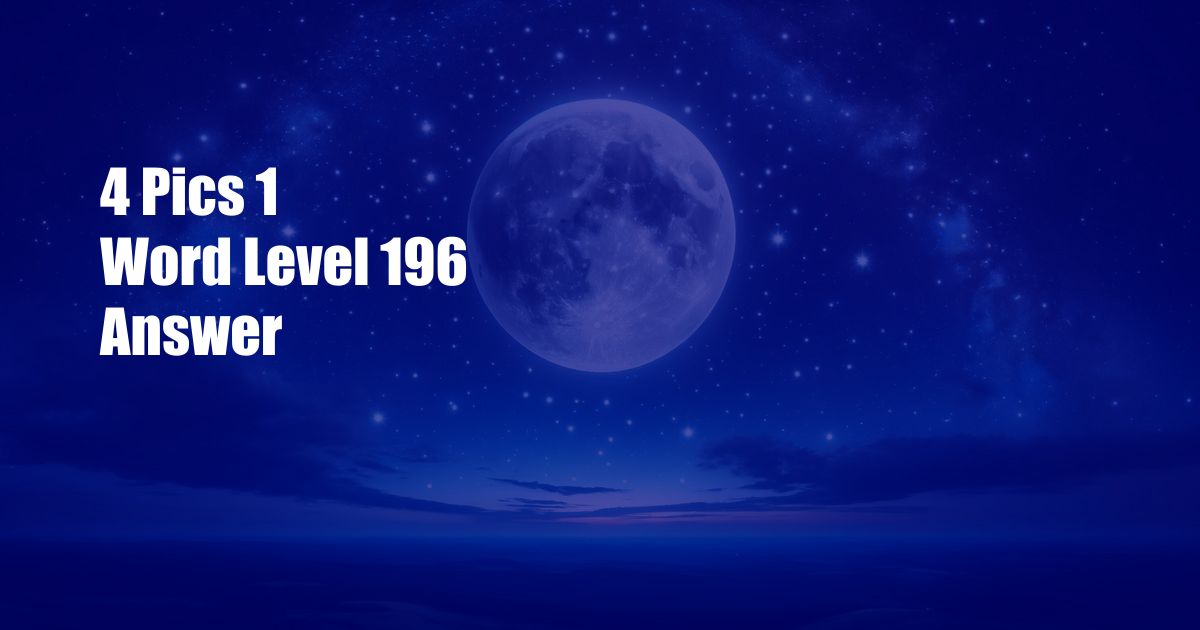Can You Change Your Origin Name? Names are an integral part of our identities. They …
Read More »
1 day ago
Can You Change Your Origin Name
Can You Change Your Origin Name? Names are an integral part of our identities. They reflect who we a…
3 days ago
How To Clear Walmart Search History
How to Clear Your Walmart Search History: A Comprehensive Guide Have you ever wondered what happens …
3 days ago
4 Pics 1 Word Level 196 Answer
4 Pics 1 Word Level 196: A Journey to Uncover the Hidden Truth In the realm of word puzzles, 4 Pics …
4 days ago
How To Change Paypal To A Personal Account
How to Effortlessly Upgrade Your PayPal Business Account to a Personal Account Did you know that Pay…
4 days ago
Why Can’T I Trim Music On Tiktok 2022
Why Can’t I Trim Music on TikTok 2022? It’s the perfect clip, the ideal background music…
-
Places To Visit For 21St Birthday
Introduction The 21st birthday is a milestone for many people around the world. It marks …
Read More » -
Why Does Salt Make Candles Burn Longer?
-
How Many Calories Is A Corona In 2023?
-
What To Get Your Boyfriend's Dad For Christmas
-
Why Doesn't Dall-E Mini Work?
 Azdikamal.com Trusted Information and Education News Media
Azdikamal.com Trusted Information and Education News Media









